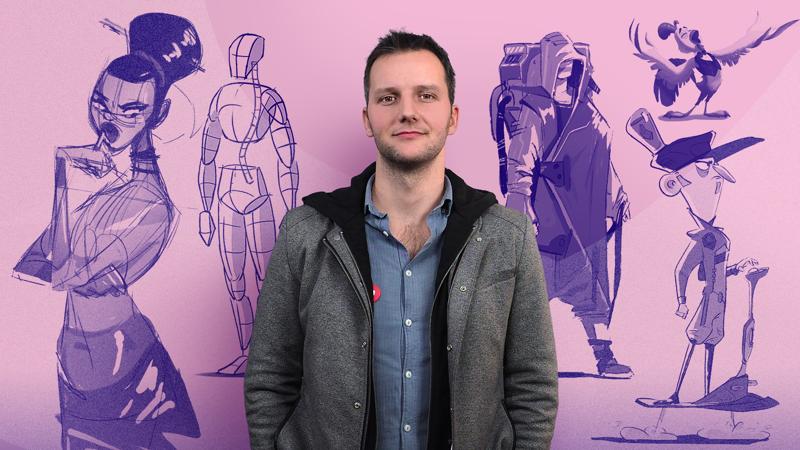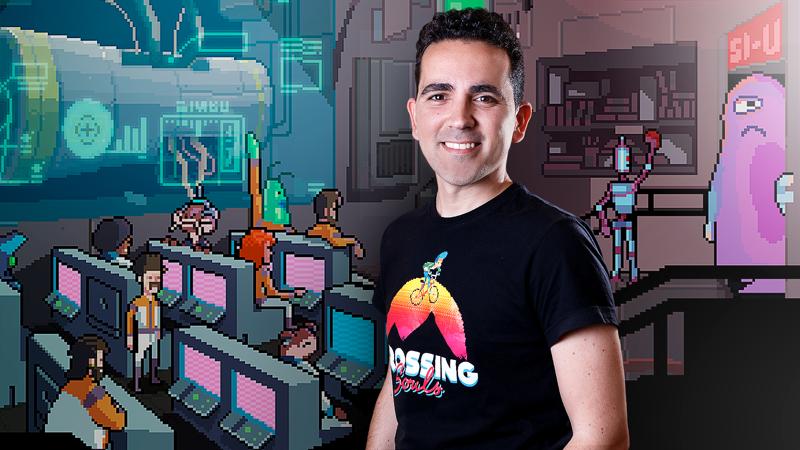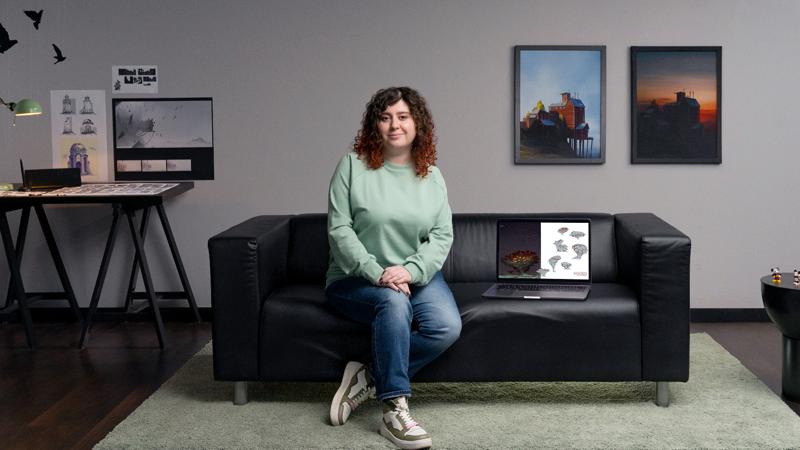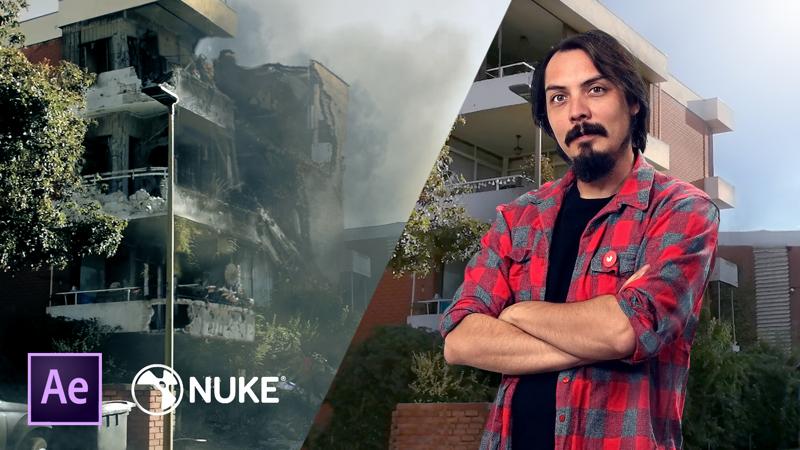Course overview
- Provider
- Domestika
- Course type
- Paid course
- Level
- Beginner
- Deadline
- Flexible
- Duration
- 5 hours
- Lessons
- 22 lessons
- Certificate
- Available on completion
- Course author
- Juan Olivares
-
In the world of audiovisual postproduction you can make "reality" everything you imagine with VFX, how to transform everyday spaces into galaxies or war zones. Everything is possible if you have the knowledge and guidance of a professional like Juan Olivares -compositor of VFX, specialist in digital composition- who with 15 years of experience in the industry has worked in Hollywood productions such as Deadpool, Guardians of the Galaxy , Furious 7 and, also, in the Oscar winner, The secret of their eyes.
In this course you will learn the basics and the basic techniques of digital composition, using elements such as your cell phone and a homemade chroma key[/i] to transform an everyday space into a war zone.
Description
You will begin by getting to know the work and influences of Juan Olivares, who will also tell you about his first steps in the world of cinema and how, in a self-taught way, he learned everything about digital composition in post-production.
You will see what digital composition is, the basic techniques and everything necessary to create an intervened plan where everything seems real.
Then you will prepare the workflow. You will look for references and materials to integrate into your composition, and quickly, you will begin to record your base plane using your cell phone camera, with which you will assemble your first sketch.
Then you will go straight to the production of your project. First you will learn to prepare your plane by deleting elements that do not work. Juan will teach you how to put together and use a homemade chroma to apply masks in everything you see necessary, and make your plane a reality.
You will learn to insert elements in the plane using tracking 2D, then you will go a little further by tracking of 3D cameras to insert the elements in depth. Once you have all the elements in position and well "tracked", you will manipulate the color to integrate them into the plane.
As the last stage of your project, you will make a technical check of your composition and you will do the color grading to give a cinematic look[/i] according to what you are narrating.
Similar courses

-
Flexible deadline
-
5 hours
-
19 lessonsCertificate

-
Flexible deadline
-
2 hours
-
15 lessonsCertificate

-
Flexible deadline
-
5 hours
-
25 lessonsCertificate

